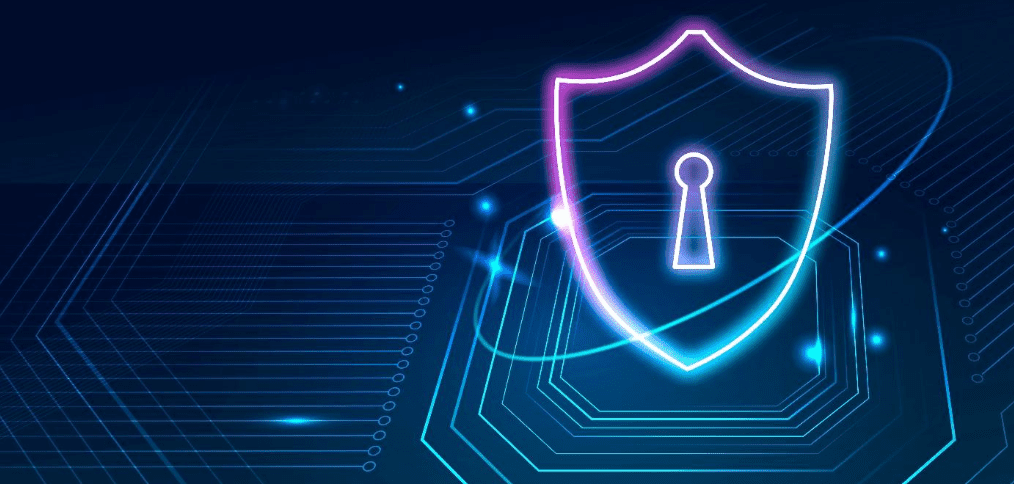Information technology (IT) is a critical component of modern business operations. However, with the increasing use of technology comes the risk of cyber-attacks and data breaches. It’s important to implement effective cyber security monitoring to protect your business and its sensitive information.
How Can you Protect Your Business From Cyber Threats?
Conduct Regular Security Audits
One of the best ways to protect your business from cyber threats is to conduct regular security audits. This involves reviewing your IT systems and processes to identify vulnerabilities or weaknesses that hackers could exploit.
A security audit can help you identify areas where you need to improve your security measures, such as updating software, implementing stronger passwords, or restricting access to sensitive data. By conducting regular security audits, you can stay one step ahead of cyber criminals and protect your business from potential threats.
Implement Strong Password Policies
Implementing strong password policies is one of the simplest yet most effective ways to protect your business from cyber threats. This means requiring employees to use complex passwords that are difficult to guess or crack.
Passwords should be at least eight characters long and include a mix of upper and lowercase letters, numbers, and symbols. It’s also essential to require employees to change their passwords regularly, such as every 90 days keep your transactions safe by Transall technology.
Additionally, consider implementing two-factor authentication, which requires users to provide a second form of identification, such as a code sent to their phone, before accessing sensitive data or systems. By implementing strong password policies, you can significantly reduce the risk of a cyber attack.
Use Multi-Factor Authentication
In addition to strong password policies, it’s essential to implement multi-factor authentication (MFA) to protect your business from cyber threats further. MFA requires users to provide two or more forms of identification before accessing sensitive data or systems. This could include a password, a fingerprint scan, or a code sent to their phone.
By requiring multiple forms of identification, MFA makes it much more difficult for hackers to access your systems and data. Many popular online services, such as Google and Facebook, offer MFA options you can easily enable for your business.
Cyber threats are becoming increasingly sophisticated and frequent in today’s digital age. Businesses must take proactive measures to protect their sensitive data and systems. One effective way to do this is by implementing multi-factor authentication (MFA).
MFA adds an extra layer of security by requiring users to provide two or more forms of identification before accessing sensitive information. This could include a password, a fingerprint scan, or a code sent to their phone.
By requiring multiple forms of identification, MFA makes it much more difficult for hackers to access your systems and data. Many popular online services, such as Google and Facebook, offer MFA options you can easily enable for your business.
So, if you haven’t already, consider implementing MFA as part of your overall information technology security strategy.
Keep Software and Systems Up to Date
Keeping all software and systems up-to-date is one of the most essential steps in protecting your business from cyber threats and make your data a critical organizational asset. This includes operating systems, antivirus software, firewalls, and any other security tools you use.
Software updates often contain security patches that address known vulnerabilities, so failing to update your systems can leave you open to attack. Regularly check for updates and install them immediately to ensure your business stays protected.
In addition to updating software and systems, it’s also important to regularly review and assess your IT security measures. This includes conducting regular security audits, implementing strong passwords and access controls, and educating employees on safe computing practices.
By staying vigilant and proactive in your approach to IT security, you can help protect your business from cyber threats and ensure that your systems and data remain secure. Remember, it’s always better to be safe than sorry when it comes to IT security.
Train Employees on Cybersecurity Best Practices
Your employees are often the first line of defense against cyber threats, so training them on cybersecurity best practices is essential.
This includes teaching them how to create strong passwords, identify phishing emails and other types of social engineering attacks, and report any suspicious activity. Regular training sessions can help keep your employees informed and vigilant, reducing the risk of a successful cyber attack.
In addition to basic cybersecurity training, it’s also important to provide ongoing education on the latest threats and trends in the industry. This can include updates on new types of malware, phishing tactics, and other cyber threats.
By keeping your employees up-to-date on the latest developments, you can help ensure they are equipped to identify and respond to potential threats. Additionally, consider implementing a system for reporting and addressing security incidents so that employees know what to do if they suspect a breach or other security issue.
With the proper training and support, your employees can become a valuable asset in protecting your organization’s information technology systems.



































